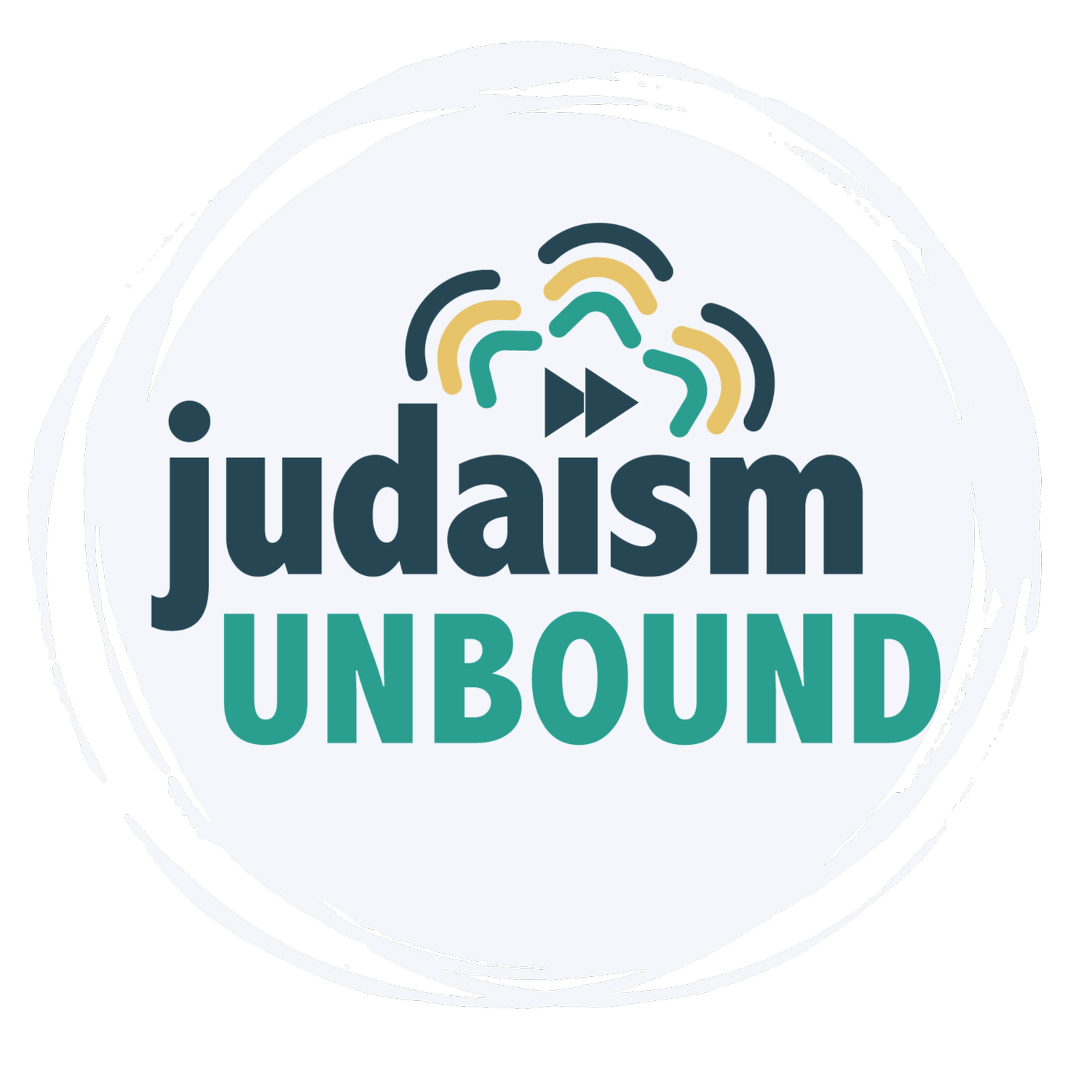Arthur Waskow: Judaism Unbound Episode 166 - The Freedom Seder
Arthur Waskow, noted activist, author, and rabbi, joins Dan and Lex for a conversation about 1969’s Freedom Seder. They look at the process that led to Waskow’s invention of that Passover observance, and the impact it has had on both Judaism and the world over the 50 years since its creation.
(00:01 - 26:10) Before diving into the interview, Arthur Waskow begins with a blessing over the act of Torah study, explaining that the greatest type of study is that which leads to action. Saying a blessing sets an intention and dedicates the practice. Waskow also explains that his blessing will have slightly different wording than the traditional blessing over Torah study, as Waskow has come to understand the pronounciation of God’s name as the breath of all life. After he blesses this conversation and learning, Dan asks about Waskow’s process to create his own Haggadah, sparked by another recent Judaism Unbound episode. [1] Waskow discusses his journey to spearheading the Freedom Seder. [2] He tells a story about his experience at the 1964 Democratic National Convention supporting the Mississippi Freedom Democratic Party, when activist Fannie Lou Hamer [3] lead picketers in singing “Go Tell it On the Mountain” and he realized, suddenly, that the story of the exodus was not just a Jewish story, but a story which encompassed many narratives and peoples. After Waskow’s bar mitzvah, the Passover seder was one of the only rituals that remained meaningful to him, and so he explains that it was natural when, after a particularly disastrous attempt at protesting the 1968 Democratic National Convention [4], heading to a seder for the first night of passover and passing by a jeep mounted with a machine gun, he thought to himself, “This is Pharoah’s army.” From there, the story of the Exodus become real and tangible, no longer just a metaphor.
Arthur Waskow, pictured (center) at 1969’s Freedom Seder, with Channing Phillips and Topper Carew
(26:10 - 39:05) As he prepared for the Freedom Seder, Waskow realized he wanted to know if his attempt at authoring a new haggadah was acceptable. Waskow sought advice from Rabbi Harold White, a rabbi who had publicly opposed the war in Vietnam, who affirmed him in his quest to write a haggadah for a Freedom Seder [5]. White told Waskow about the story of Nachshon, whom White called “an activist", the first person to step into the waters at the Red Sea — and only after this were the waters parted [6] White also introduced Waskow to the concept of midrash, the interpretation of biblical stories, reading the blank “white fire” in between the written words. What Waskow was doing was a type of modern midrash, part of a much longer tradition. Lex highlights Waskow’s wonderful “chutzpah” in having the courage to write new midrash, also commenting that Waskow’s action in creating the Freedom Seder has also given permission to other people to play with ritual, asking Waskow how Jews can continue to learn from this impulse by applying it to other holidays or traditions. Waskow responds by noting that there is a wide and ancient relationship between ritual and the world, and that it is up to us to draw out these great connections.
(39:06 - 55:00) The conversation shifts to a discussion of today’s political climate. Waskow comments that the connections embedded in ancient texts hold immense relevance for the struggles of today. He gives the example of the Climate Crisis as an issue that is interwoven with ethics from the Tanakh, which he describes as a scripture deeply loving of the land. [7] Waskow points to textual relationships to the earth like “adamah” and “adam”, earth and earthling, as well as the concept of “shmitah”, a release for the land. Waskow calls on us to draw on this wisdom and carry it into our discussions of Torah and of justice. As a final note, Lex asks about how Waskow integrates his understanding of Israeli-Palestinian issues and occupation into his discourse, and Waskow concludes by telling two stories regarding the nature of idolatry.
[1] Listen to our recent Judaism Unbound Podcast with Jonathan Safron Foer in which we discuss another modern Haggadah project.
[2] Read up on the original 1969 Freedom Seder from Waskow’s Shalom Center.
[3] Learn more about the pivotal activism of Fannie Lou Hamer here.
[4] For Waskow, the 1968 Democratic National Convention was a turning point. Here’s an article about the protests and the violent backlash from city police in Chicago.
[5] In the book, “Jewish Renewal: A Journey : the Movement's History, Ideology, and Future”, Sholom Groesberg describes his experience at the 1969 Freedom Seder, mentioning a service led by Rabbi Harold White (z”l). Read this riveting account of the event here.
[6] Check out this wonderful Sefaria sourcesheet about Nachshon, including a BimBam video about this activist figure — a great supplement for any seder!
[7] Waskow’s Shalom Center publishes stances and articles regarding Climate Change policy, Torah, and political action. You can read a list of these articles on the Climate Policy page of the Shalom Center’s website.










